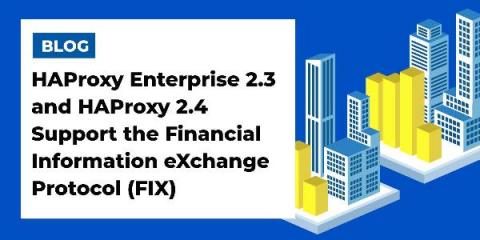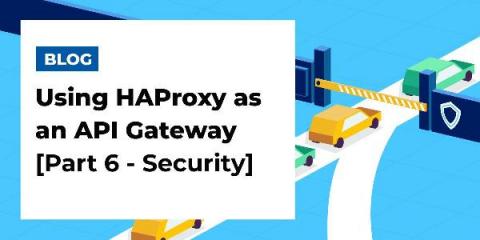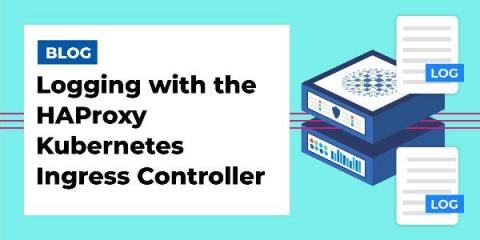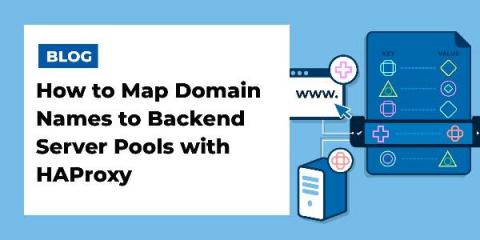HAProxy Enterprise 2.3 and HAProxy 2.4 Support the Financial Information eXchange Protocol (FIX)
A floor of commotion bustling with people holding phones and shouting out purchase and sell orders, some using hand signals to communicate over the noise. This was a common scene on Wall Street in the 1980s. Nowadays, transactions happen at the push of a button with traders sitting directly in front of a computer. In fact, the computer has made it possible to automate the buying and selling of securities, leading to an era of high-frequency, algorithmic trading.










